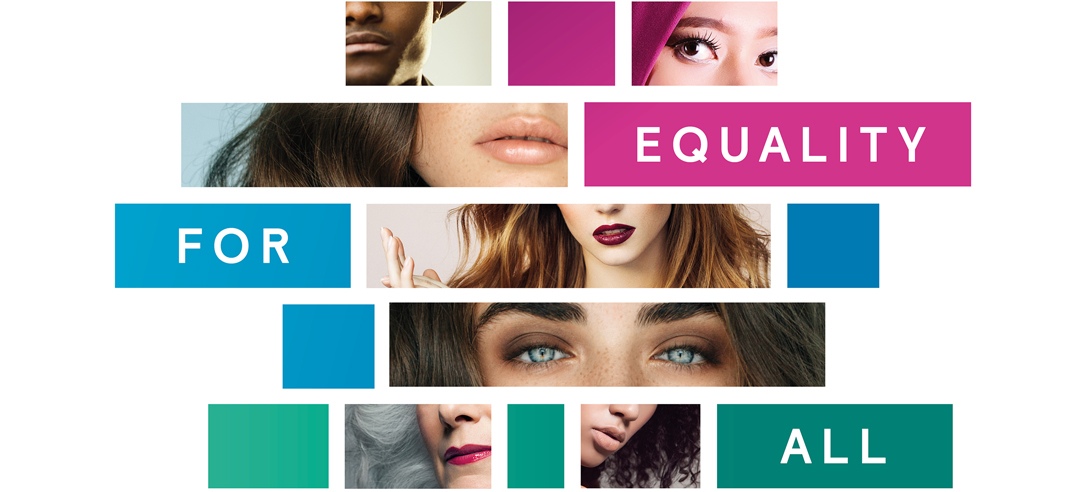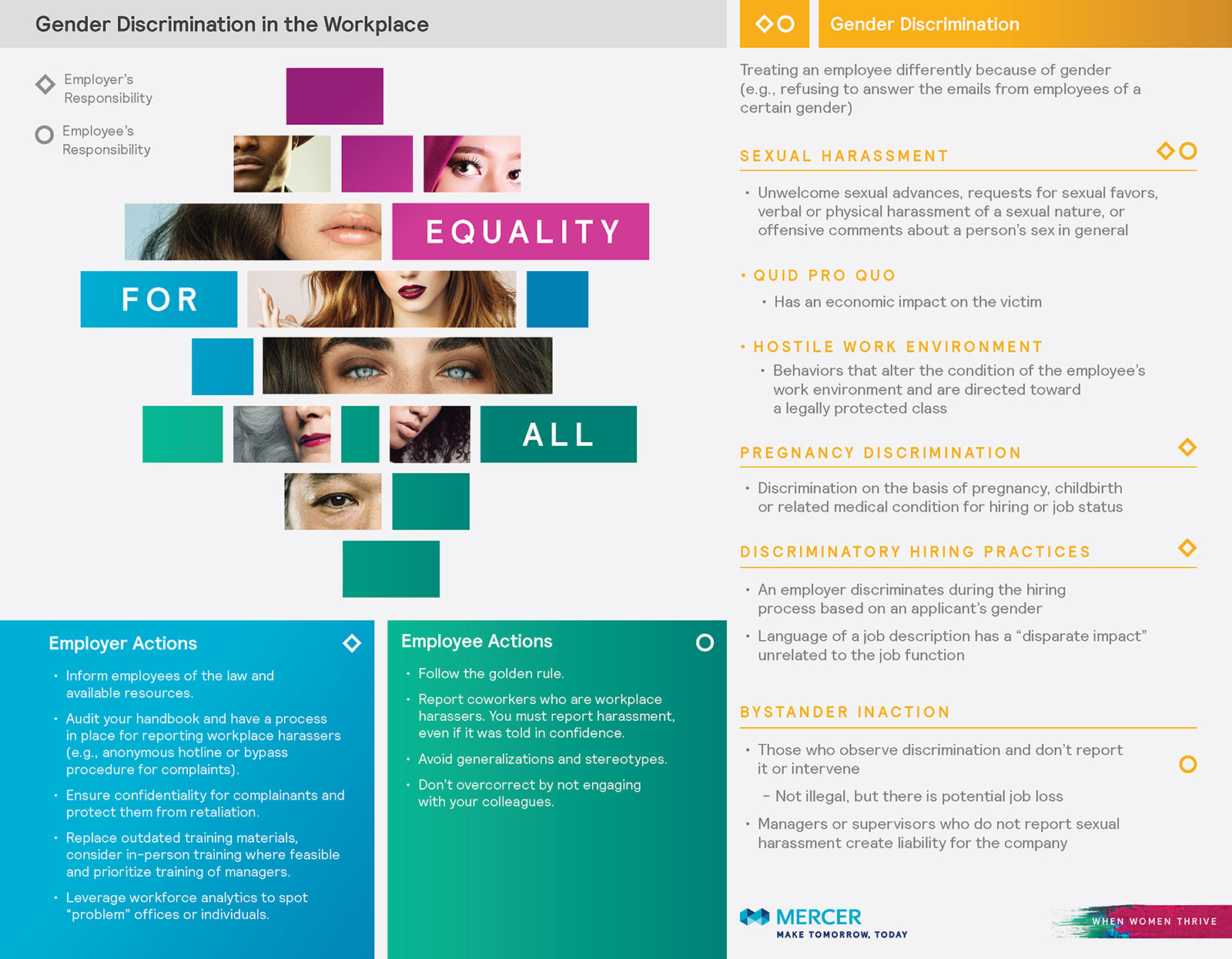Most recently, we have seen a great wave of activism among women and men in the media and entertainment industry. People worldwide are joining them and leading a charge — with growing impatience — to push for real change. More and more corporations are following the media and VC industries lead and declaring zero tolerance policies. While the declaration comes from a good place, in reality we haven’t yet answered the question - zero tolerance of what? And the absence of defining the “what” is making people nervous that a simple hug or inappropriate joke might ruin their career.
This has exposed a fifth way the problem has loomed:
5. We don’t fully understand what sexual harassment is.
Sexual harassment has lived in the dark for so long that many of us cannot fully articulate the difference between unlawful and simply unwelcome behavior – and everything in between.
As a result, it’s no surprise that we have so many questions about how to define, categorize, and eradicate these acts? Based on initial discussions, we realized that words do matter – some acts might be offensive or annoying, but they aren’t “sexual harassment.” Although there is a legal definition of sexual harassment, what was clear was that it wasn’t very clear.
As we thought through different examples of behaviors, we determined there was a gap in understanding and that gap might have some unintended consequences.
Deborah Kelly, a partner with the firm of Manatt, Phelps & Phillips Law, specializes in all aspects of employment law and acknowledges that while reawakened attention to sexual harassment is to be applauded, unless the “what is it” is properly understood, a backlash could wipe out any gains made.
“The answer to sexual harassment is not more gender discrimination,” she says. “It is not a solution to say “it’s too complicated and subjective so to avoid even an appearance of impropriety, our company won’t allow men to travel with, dine with, or attend corporate social events with women—and we will have only same-sex mentoring too. That is not an abundance of corporate caution-- it's flat out gender discrimination. In these situations, you should ask yourself - if I substituted ‘women’ for ‘black’ or ‘Jewish’, would that be appropriate? Of course it wouldn’t; and race, religion and gender are all equally protected under the law.”
As leaders, it is our role to promote the benefits of diversity at all levels and ensure that men and women are working collegially and not avoiding contact or interaction.




